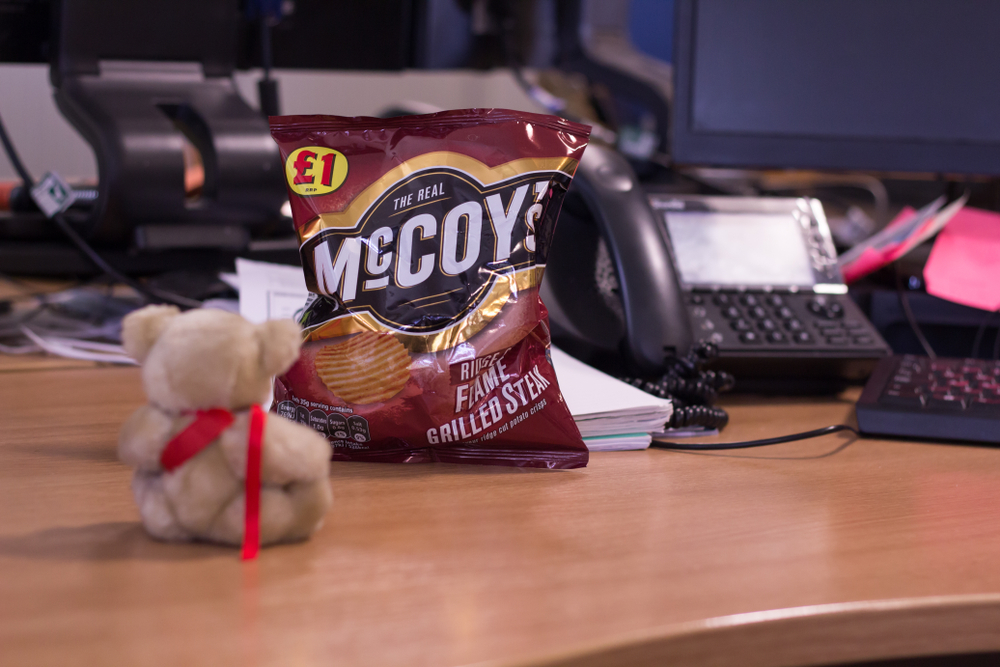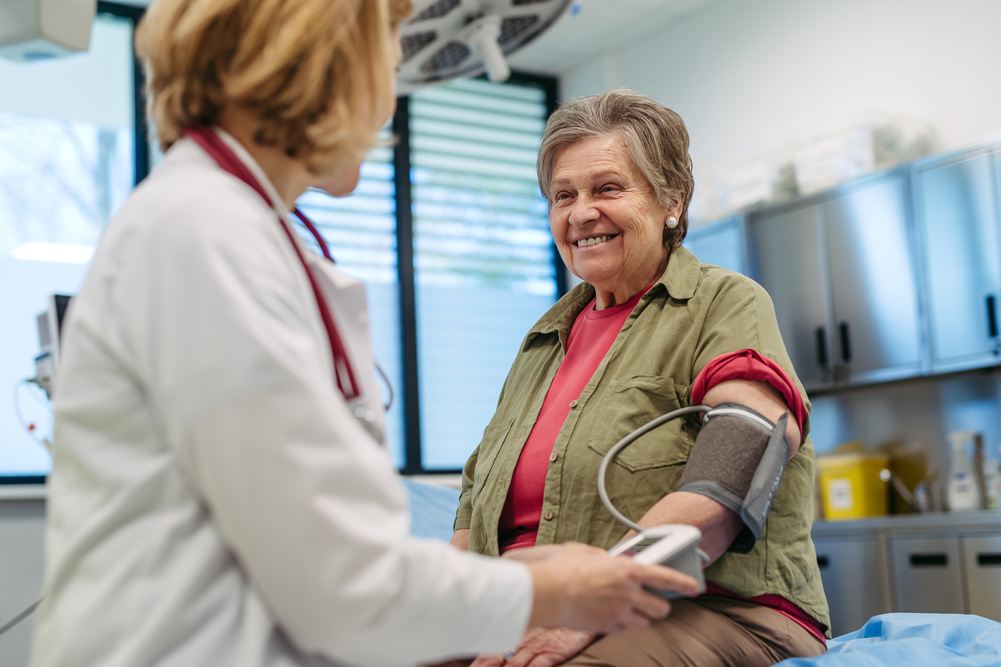Martin Power, employee health and wellbeing manager at KP Snacks, is a straight-talking Northerner who doesn’t mince his works when it comes to whether occupational health expertise should be integrated to the wellbeing agenda.
To him, it’s a total no brainer.
“Should occupational health be at the forefront of wellbeing? Or should it be something that is on the side of wellbeing? If occupational heath does not play an integral part of the wellbeing agenda I think that is plain wrong.”
Missing a trick if you don’t tap into OH expertise
He believes wellbeing professionals are really missing a trick if they don’t tap into occupational health expertise. After all, these specialists have been working at the coalface of workplace health for years and so, he says, “they have a holistic picture of people’s health, not just now but they can identify trends that may affect them going forward”.
The department that Power runs used to be called occupational health but, in 2016, it rebranded to ‘employee health and wellbeing’ to reflect the wider remit, encompassing proactive wellbeing promotion. So, while the department still covers reactive situations like absence management and health surveillance, it also now proactively promotes wellness.
“We took the view that occupational health was too focused on the reactive rather than the proactive. We moved from just focusing on getting people back to work, which we still do, but we also now drive wellbeing forward too,” he says.
Terminology matters
The terminology change was important because KP Snacks felt that the label ‘occupational health’ could sometimes have negative connotations. For instance, some perceive it as where you get sent “to have something done to you like vaccines” or “because you’ve been absent from work”, or even as part of the disciplinary process.
By contrast, Power believes that wellbeing is often seen as “one of those flowery topics which nobody can quite define”. By bringing the rigour and outcome-focus of occupational health together with wellbeing is the ideal balance, believes Power.
His department currently works closely with the safety teams in the business, its remit being to put the “health” into healthy and safety; physical as well as psychological, carrying out stress risk assessments for the latter.
More than safety
“Safety teams have got a reputation for being focused only on the safety and protection element, preventing accidents, rather than the promoting of good health,” explains Power. “But there are predisposing factors which affect behaviour so if you’re not focused on holistic employee wellbeing, and flagging issues or problems, they’re more likely to have an accident.”
One of the changes that is fundamental to the way teams now operate is the daily check-in before work starts. “They’ll start with asking ‘how are we all feeling today? How are we as a team? Is there anything we’re worried about?’ which is all about driving culture change.”
Another department that Power’s team works closely with is diversity and inclusion. For instance, they are collaborating on running a campaign next year specifically focused around women’s health. 48% of the workforce is female and over 40% of them are over 40. The campaign aims to cover topics like the menopause and fertility. Power says:
Data to inform wellbeing strategies
“A lot of the data is saying that younger people are looking more and more at the rewards and benefits packages at employers. If we don’t support employee wellbeing, they’ll go and move elsewhere for employment. It’s also a bit about us putting back into our community as this campaign will also benefit colleagues, partners and friends of our female employees.”
Using data to inform wellbeing strategies is also important to KP Snacks. The department has been actively gathering health data for the last three years, via the employee engagement survey, in order to feed into health related decisions, like which interventions to invest in.
In terms of the employee base, it’s actually the manufacturing employees – rather than the office based workers – that are driving the interest in wellbeing. Consequently, much work has been directed at reaching these workers with the message that the company wants to help them manage their wellbeing.
Conundrum: how much to get involved in employee decisions
“We encourage them to get a wellbeing assessment so they can identify what they need. Is it a bit of advice? Is it a bit of physio? Is it help with sleep?” says Power. The department recently set up some health kiosks on site where colleagues can get their basic health level checked, looking at things like blood pressure, weight, sleep, etc.
As well as helping the individual, data is gathered at this point too, to also be fed into future decisions and identification of trends at a local level. So far this new initiative has engaged around 60% of the workforce (around 13,00) in its first year of operation.
Some employees have flagged that their diet management is poor, so Power is currently looking at the snack options available in vending machines for colleagues.
The conundrum here is to what extent should employers get involved in employees’ health related decisions at work. As he says:
“Just because colleagues want certain snacks in the vending machines, does that mean we should be putting them in there? Or should we take unhealthy options away?”
Tapping into sports sponsorship
Power’s personal view is that unhealthy options shouldn’t be placed at eye level in the machines, this should be reserved for healthier choices. “I’m a big believer in the nudge theory,” he says. “You can’t make someone make a healthy choice but you can nudge the towards doing the right things and we, as employers, can make this easier for them to do that.”
KP Snacks has also used its sponsorship of cricket competition The Hundred to encourage, not only the general public, but also its employees to get active, launching a physical activity programme on the back of it. This managed to engage 44% of all employees in the first six months. “That again has played a part in reducing absence and boosting general health and wellbeing,” says Power.
Coming into its own in the pandemic
The department really came into its own during the Covid pandemic and was part of the core team supporting the organisation and was able to demonstrate its value to the business at all levels. “We were doing stuff we’d never done,” says Power. “We went out on a limb for people, putting full shielding support in for those who needed it. Not only that, but we shielded people who had family members in high risk groups. We were really proactive about protecting our staff and their families.”
Senior management in particular saw the value of the department afresh, with Power now briefing the executive team on health and wellbeing every quarter. “I’m fortunate in that I’ve got a chief executive, chief financial officer and HR director who are motivated around wellbeing,” he says. “So it’s not a hard sell for me.”
You might also like:
What I’ve learnt about supporting employees back to work through my own lived experience












